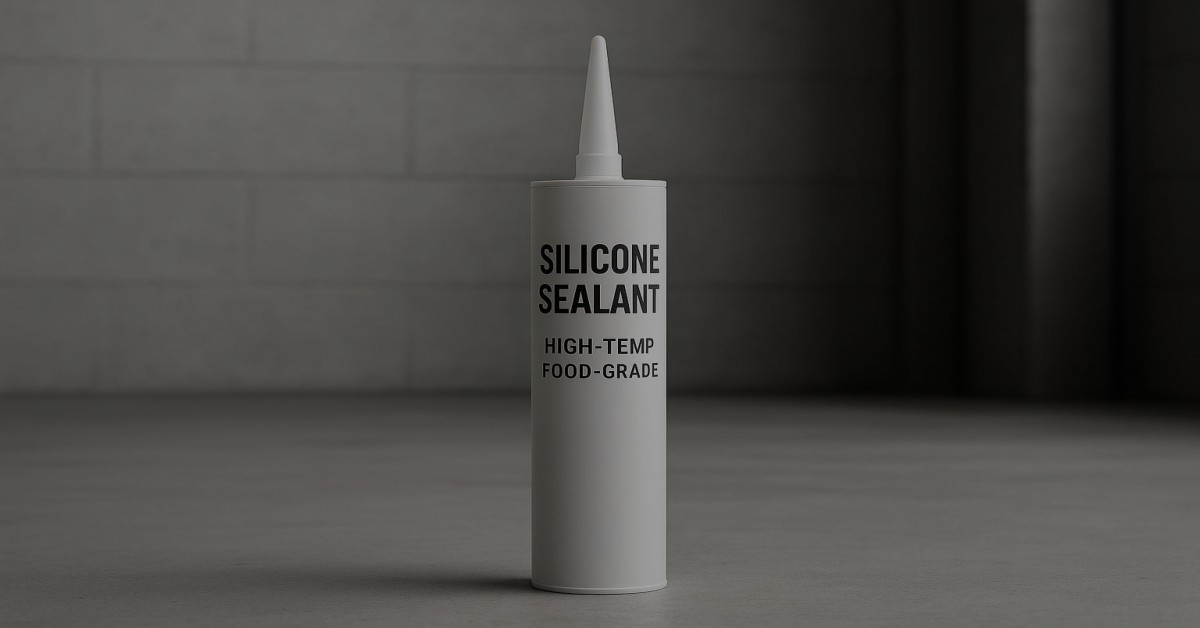Shipping silicone sealants, particularly high-temp and food-grade variants, requires meticulous planning and understanding of freight services. Whether you are a manufacturer or distributor, ensuring that these valuable products reach their destination safely and efficiently is paramount. This guide will lead you through the essential considerations for transporting silicone sealants via freight within the United States and Canada.
Understanding Silicone Sealants: Types and Applications
Silicone sealants are versatile products used across various industries, from construction to food processing. High-temp sealants are designed to withstand extreme temperatures, making them ideal for automotive and industrial applications. Food-grade sealants meet stringent safety standards for use in food-related environments, ensuring they do not contaminate consumable goods.
Choosing the Right Freight Service
Transporting silicone sealants effectively depends on selecting the right freight service. Options available include Full Truckload (FTL), Less Than Truckload (LTL), and Partial/Shared Truckload services. These can be transported using Dry Van, Refrigerated, Flatbed, Step Deck, and smaller equipment like Box Trucks and Cargo Vans.
- For large shipments over 44,000 lbs, consider FTL. This offers dedicated space in a Dry Van or Refrigerated Trailer, providing secure and climate-controlled conditions.
- LTL services are ideal for shipments under 15,000 lbs, allowing you to share trailer space with other shippers and reduce transportation costs.
- Partial Truckload services are suitable for shipments between 12 and 36 feet and up to 30,000 lbs, providing flexibility in shipment size and cost savings.
Preparing Silicone Sealants for Shipment
Proper preparation is crucial for shipping silicone sealants securely and minimizing damage risk. Follow these best practices:
- Ensure that all containers are intact, without leaks or damage.
- Label each container clearly, indicating handling instructions and hazardous materials if applicable.
- Secure all items on pallets or within crates to prevent movement during transit.
- Use cushioning materials to protect products from shocks and vibrations.
Critical Considerations in Freight Services
When shipping silicone sealants, certain technical considerations are essential to optimize the transportation process and costs. Here are the primary factors to keep in mind:
- Freight Class: Accurately determine the NMFC freight class to avoid reclassification fees. Use our Freight Class Calculator.
- Weight and Dimensions: Ensure your shipment's weight and dimensions align with the selected freight service's limitations.
- Special Handling: If transporting refrigerated or temperature-sensitive variants, confirm the availability of necessary equipment.
- Cost Efficiency: Compare rates and services using our Freight Quote Tool to find the most cost-effective options.
Bill of Lading: A Critical Document
A Bill of Lading (BOL) is a vital legal document accompanying any freight shipment. It acts as a receipt for the consignment, a title to the goods, and outlines the shipping agreement's terms. Creating an accurate BOL ensures smooth operations, minimizes disputes, and complies with legal standards. You can generate a precise BOL using our free Bill of Lading Generator.
Safety Protocols and Compliance
Adhering to safety protocols is essential when transporting silicone sealants. Ensure compliance with relevant transportation regulations and standards. Properly trained personnel should handle loading and unloading to prevent accidents and spills. Regularly review safety measures to maintain operational excellence and product integrity.
Cost-saving Tips for Silicone Sealant Freight
Effectively managing your freight costs can lead to significant savings. Consider the following strategies:
- Consolidate shipments whenever possible to reduce LTL costs.
- Negotiate shipping rates by leveraging long-term partnerships with carriers.
- Optimize packaging to fit more products per pallet, thereby reducing the number of pallets shipped.
- Plan shipments during non-peak seasons to take advantage of lower rates and increased availability.
Get Personalized Assistance for Shipping Silicone Sealants (High-temp, Food-grade)
Navigating the freight shipping process for silicone sealants requires experience and knowledge. Our team is here to provide tailored solutions and expert guidance for your specific needs. Get a quote today, call us at 877-345-3838 or email support@freightsidekick.com.











